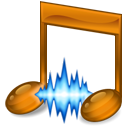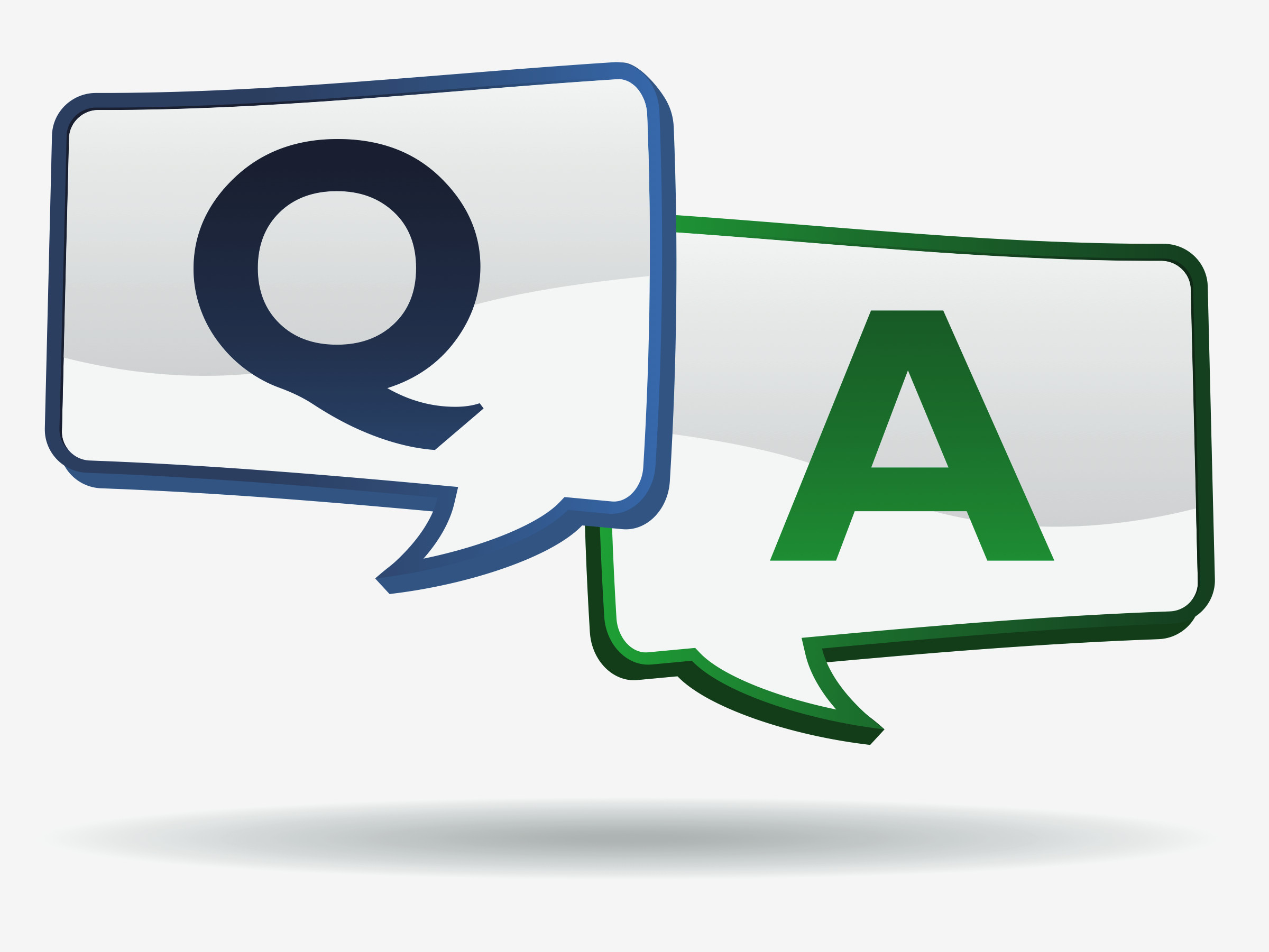Over the past year we’ve published almost 100 answers to frequently-asked ear training questions. As 2013 draws to a close it seemed like a good time to gather up the top 10 most popular and share them with you!
Before digging into the numbers I had a sense of which would be the most-visited. But the results surprised me!
There were a few I expected… a few I really didn’t expect… and one I really wish we had a better answer to! Read on to discover the top 10 ear training FAQs.
10. How can I learn to sing in tune?
Many musicians worry about singing in tune. You only need to be told you’re out of tune once for it to make you self-conscious for a long time! This FAQ presents a great method for quickly improving your singing tuning:
One way to quickly improve your ability to sing in tune is to use a digital tuner. These devices let you set a target note, hear that note, and then show whether your own note is above or below it and by how much. They are normally used for tuning an instrument, but can actually be a very helpful tool for learning to sing in tune.
→ Read the full answer to “How can I learn to sing in tune?”
9. How do guitarists memorize songs to play?
As a guitar player you often measure your progress by how many songs you can play. It’s frustrating to always be dependent on your songbooks though, and trying to memorise every note and chord of every song can be a lot of work. This FAQ explains how ear training can considerably accelerate your song memorisation:
Many guitar players (and indeed other musicians) struggle to memorise songs because they do it the wrong way. Memorising songs can be easy, but you need to know the best approach: which is to understand the music!
→ Read the full answer to “How do guitarists memorize songs to play?”

8. How do you hear the difference between bass line and melody?
Another potential source of embarrassment. We all know that the bass line is a very different part of the music than the melody – but it’s a common cause of confusion. This FAQ gives some good tips for reliably telling them apart:
Both the bass line and the main melody are essentially “tunes”, normally played one note at a time, wandering around the scale of the key the song is in. This means that it’s easy for your ear to follow the bass line instead of the melody and vice-versa. There are however some tips and tricks you can use…
→ Read the full answer to “How do you hear the difference between bass line and melody?”
7. How can I improve at harmonic intervals?
Interval ear training involves not only learning the different types of interval (e.g. perfect fourth vs minor sixth) but also being versatile when those intervals are played in different ways. Specifically, in their ascending (low note first), descending (high note first), and harmonic (both notes together) forms. Different intervals will pose challenges in different forms but many musicians find they struggle with the harmonic form in particular. This FAQ gives our top tips for harmonic intervals:
If you’ve mastered the ascending and descending forms of an interval but are having difficulty with the harmonic version (both notes at once) there are a number of things you can try:
→ Read the full answer to “How can I improve at harmonic intervals?”
6. How can I get better at hearing intervals in music?
Even once you conquer ascending, descending and harmonic intervals in your ear training practice, it can be difficult to hear them when you’re listening to real music. This FAQ helps you bridge that gap:
One disadvantage of the interval songs and “Nike” method of interval learning is that you can get very good at recognising isolated intervals but still struggle to use that in your real musical life. There are a few ways to progress past this and really integrate your interval skills with the rest of your musical life.
→ Read the full answer to “How can I get better at hearing intervals in music?”
5. Ear training: How long does it take?
A question which comes up at the start… and then again and again as musicians train their ears! There are a couple of good answers to this ear training FAQ:
How long it takes to achieve your goal depends primarily on what you want to achieve. Do you want to play by ear when jamming with your band? Do you want to instantly recognise chord types? Is it perfecting your rhythm and ability to keep a beat which motivates you? The other key factor is…
→ Read the full answer to “Ear training: How long does it take?”
4. How many octaves are there?
A key question for audio ear training. As soon as you start thinking in terms of frequencies and octave bands you’re bound to wonder: just how many octaves are there? This FAQ has the answer:
Sound frequency doubles with each octave, so if we start from the lowest audible C note, “C0″, that’s at 16.35Hz. Note that’s even lower than the lowest note on a piano and just a smidge below the limit of the “official” human hearing range.
→ Read the full answer to “How many octaves are there?”
3. What’s the best program to transcribe music?
 Transcribing songs is a great way to put your ear training skills to practical use, and connect your listening skills with your theory knowledge and the music you normally listen to. It can be useful to have a helping hand with transcription though, and the app suggestions in this FAQ might just give you the edge you need:
Transcribing songs is a great way to put your ear training skills to practical use, and connect your listening skills with your theory knowledge and the music you normally listen to. It can be useful to have a helping hand with transcription though, and the app suggestions in this FAQ might just give you the edge you need:
There are lots of software programs which can help you transcribe music and practice playing music by ear. Some are desktop software packages (Mac/PC) and others are apps for mobile devices (iPhone, Android, etc.). The main features they offer which help with transcription are…
→ Read the full answer to “What’s the best program to transcribe music?”
2. What are some good online games for learning solfège?
This is the ear training FAQ we wish we had a better answer to! It’s a common question, but the answer is somewhat disappointing. If you have a good answer please shout in the comments!
There seems to be a real lack of online solfège games – which is a pity given how powerful solfege can be for developing relative pitch!
→ Read the full answer to “What are some good online games for learning solfège?”
1. What if I’m tone deaf?
This is apparently the biggie!
The ear training question which troubles most musicians: what if I’m tone deaf?.
Fortunately the answer is reassuring and practical. Find out what being “tone deaf” really means for your musical potential and what you can do about it here:
In the vast majority of cases, struggling to hear pitch or stay in tune actually boils down to lack of training. Most often, a bad childhood experience of music education (e.g. being told they “can’t sing”) leads to them not engaging with music learning, not practising, and simply assuming they “aren’t musical” forever more.
→ Read the full answer to “What if I’m tone deaf?”
So, did the results of this Top 10 surprise you? Hopefully you found answers to a couple of your own questions in there!
If there was another FAQ you were expecting to be in the top 10, or you have your own question you’d like answered, leave a comment and let us know!







